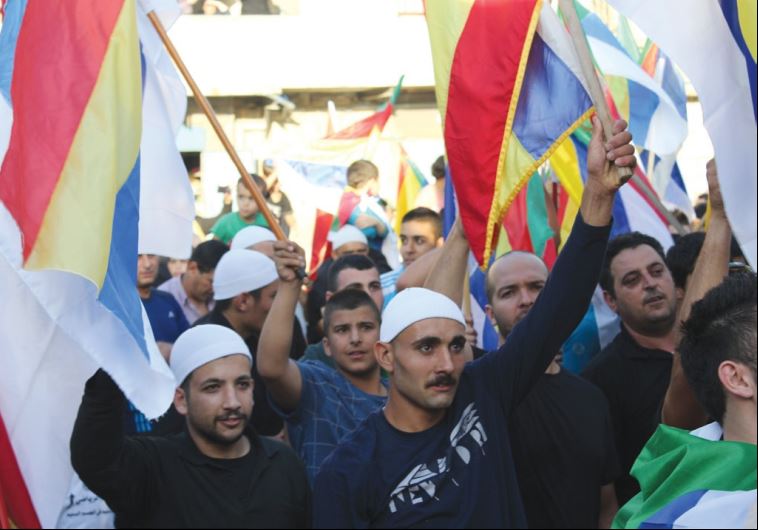Israeli Druse mobilize for their Syrian brothers, fearing the worst
Syria is home to some 700,000 members of the sect, mainly in Jebl Druse (the Druse Mountain) area in the southwest.
 DRUSE PROTEST in Peki’in in the Upper Galilee(photo credit: BEN HARTMAN)
DRUSE PROTEST in Peki’in in the Upper Galilee(photo credit: BEN HARTMAN)